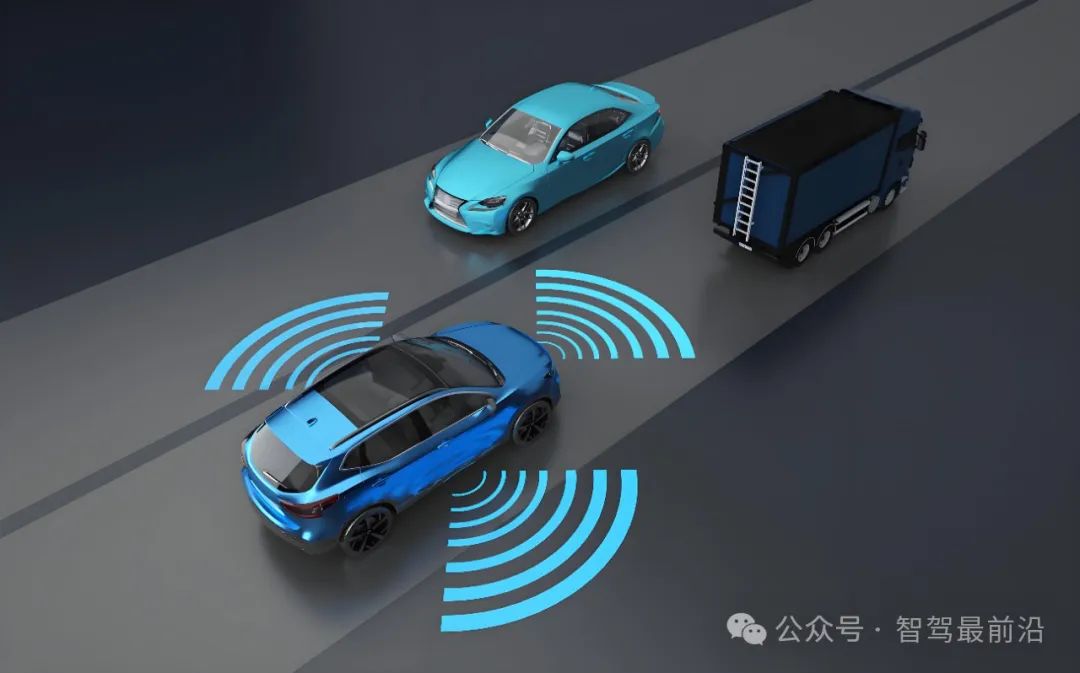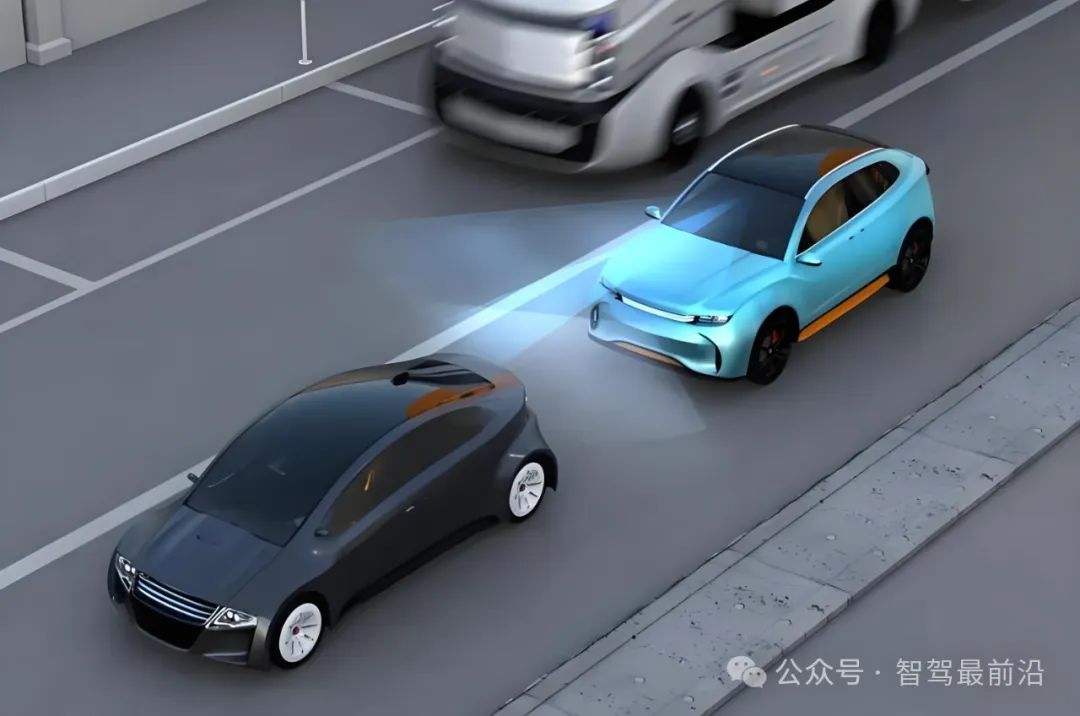End-to-End Large Models: Still Room for Rule-Based Solutions?
![]() 03/20 2025
03/20 2025
![]() 506
506
In recent years, autonomous driving technology has evolved significantly, transitioning from basic driver assistance to advanced intelligent driving. This transformation has brought about considerable changes in technical approaches and system architectures. At the heart of an autonomous driving system lies the decision planning module, serving as the "brain" that directly influences the vehicle's safety and robustness in real-world scenarios.

Initially, many automakers opted for rule-based decision-making schemes. These schemes rely on predefined driving rules, logical judgments, and expert experience to respond to various traffic scenarios. While these methods are clear, interpretable, and backed by extensive engineering validation, they often struggle with edge cases.
With the rapid advancements in deep learning, neural networks, and big data technologies, end-to-end large model schemes have emerged in the autonomous driving realm. These schemes utilize large-scale data training to directly map sensor inputs to vehicle control commands, theoretically capturing complex scenarios that traditional rules may miss. As end-to-end technology progresses, a pertinent question arises: Are rule-based schemes still necessary in the era of end-to-end large models?

Pros and Cons of End-to-End Solutions
From a technical perspective, end-to-end large models excel in their data-driven approach. Utilizing deep neural networks, including Convolutional Neural Networks (CNNs), Recurrent Neural Networks (RNNs), and the recently popular Transformer architecture, these models can automatically extract features from raw sensor data and construct complex decision mappings. During training, they can leverage vast amounts of real-world road data, supplemented by simulations and reinforcement learning for rare scenarios, enhancing their generalization capabilities. End-to-end learning integrates perception, planning, and control seamlessly, reducing error accumulation during intermediate conversions, which is crucial for high-speed decision-making. Additionally, data-driven methods have the potential to uncover hidden patterns and provide more flexible and detailed responses in complex traffic scenarios.

However, the "black box" nature of end-to-end solutions is a significant concern. Due to the complexity of deep neural networks, their decision-making processes often lack interpretability, leading to verification and regulatory challenges. In extreme cases or rare scenarios, model outputs can be difficult to explain intuitively. While researchers have attempted to introduce attention mechanisms, posterior analysis, and hybrid verification techniques, these explanations still fall short of the clarity and auditability of traditional rule-based systems.
Moreover, training end-to-end models heavily relies on large datasets, posing challenges in data collection, annotation, and quality control. Common scenarios dominate real-world road data, while extreme events and anomalies are scarce, potentially leading to poor model performance in rare situations. Data imbalance and label noise directly affect the model's robustness and reliability, which are critical considerations in autonomous driving systems.

Pros and Cons of Rule-Based Decision-Making
Rule-based decision systems have been widely used in the early stages of autonomous driving development. Their primary strengths lie in interpretability and safety. By predefining measures for each traffic situation, these systems ensure that safety strategies are consistently executed in known scenarios. Rich traffic rules, driving logic, and safety redundancy designs accumulated from driver practices make these systems stable in conventional situations. In emergencies or with abnormal sensor data, rule-based systems act as a "last line of defense," providing clear safety responses. However, they may lack flexibility in special edge cases, but their determinism and ease of verification surpass end-to-end models.

Do We Have to Choose?
The question of whether to choose between end-to-end and rule-based approaches is complex. Currently, end-to-end solutions are not fully mature, and many technical challenges remain. Increasingly, research teams are exploring ways to integrate both approaches. End-to-end large models can handle high-level environmental understanding and preliminary decision-making, while rule-based constraints can be embedded in low-level control and critical safety links. This layered design leverages the adaptability of data-driven methods for complex scenarios while relying on preset rules for safety in unknown situations. For instance, in critical scenarios like low-speed driving, narrow roads, and complex intersections, rule modules can monitor and adjust end-to-end model outputs to ensure decisions stay within expected ranges.
While this hybrid approach seems promising, it requires careful consideration of model fusion, safety fallback mechanisms, and balancing real-time performance with computational resources. Techniques like hardware and software co-design, utilizing dedicated AI acceleration chips and edge computing devices for efficient large model inference while adopting low-latency rule logic in critical safety modules, can ensure complex decision-making computations are completed swiftly.

Author's Perspective
At the forefront of intelligent driving, autonomous driving technology is an interdisciplinary and cross-field systems engineering. Its development will involve continuous collision, integration, and optimization of multiple technical solutions. Relying solely on data-driven or rule-based designs is insufficient to meet all safety and performance requirements. While end-to-end large models excel in processing large-scale and complex data, their "black box" nature and safety verification issues limit their standalone role in critical safety links. Rule-based schemes can quickly activate preset strategies in emergencies, providing a crucial safety guarantee with their clear logic and low-latency calculations.
Future autonomous driving decision systems will likely adopt a hybrid architecture, optimizing overall performance through the collaborative operation of different technical levels and modules. By leveraging the strengths of both data-driven and rule-based methods, autonomous vehicles can provide comprehensive safety guarantees in uncertain and complex scenarios. The challenge lies not in choosing one approach but in integrating different technologies to build a forward-looking and robust autonomous driving decision system. Only then can autonomous driving technology truly leave the laboratory and enter the real world, offering people a more intelligent and safe travel experience.

The design of autonomous driving decision systems should not be constrained by a single technical solution. Data-driven large models and traditional rule-based methods each offer unique advantages. Only through their deep integration can the system ensure efficient and real-time responses while providing sufficient safety redundancy and interpretability. This complementarity enables autonomous driving technology to adapt to complex and changing traffic environments, ultimately bringing it from the laboratory to the real world.
-- END --






